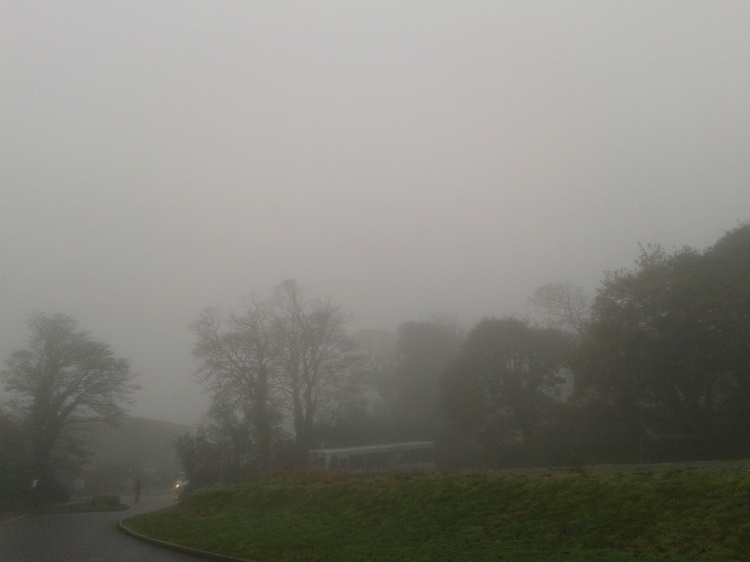Lucy Wood’s 2015 debut novel Weathering is stunning and homely; it simultaneously feels like a chilly walk in the rain and a cup of tea by a fireside. It’s a non-scary story about ghosts, and a scary story about loneliness and memory; it’s a story about rivers and birds and photographs and family.
Ada is a single mother with a bright but complicated small daughter called Pepper and an even more difficult relationship with her own mother Pearl, recently deceased but not gone. (This isn’t a spoiler–Pearl’s voice is evident from early on in the book). Ada and Pepper come to Pearl’s rural and decrepit house in the hopes of sorting it out enough to sell it, and this interlude in the English country-side in winter, with its frosts and floods and ever-present damp, becomes a pause for them in a restless, wandering, life. The strands of this story are simple enough; Ada begins to reconnect with her roots and the idea of community, even if it’s dwindling and impoverished, Pepper begins to feel at home, and both encounter Pearl in different ways. But what makes Weathering so powerful is that it avoids sentimentality and easy answers in favour of elusiveness, and uncanniness, and genuine pain and difficulty, whether it’s the reader (and perhaps later Ada, though it’s never quite clear) realising what happened to Pearl, or the sheer frustration of not being able to get a chimney or stove in a practically falling-down house to work. There’s no sense of musical montage in which Ada suddenly learns to be good at things like driving on ice or keeping house and hearth warm, or even bonding with her daughter–every step forward seems earned, and every step back is infinitely human and relatable.
The landscape and, of course, weather, are powerful forces in the novel; the land twists people’s ankles even as it shapes their paths, the weather soaks them to the skin even as it illuminates some moment of beauty or insight. It isn’t all doom and gloom, despite the damp; it’s often funny, wry, and tender. Weathering is well-named. and well worth reading.

 It’s the 1950s in New York; anything apart from heterosexual monogamy is viewed with disgust by the eyes of the law and most people–particularly soon-to-be-divorced businessmen trying to get sole custody of their child, and by young wannabe artists whose egos are bruised because their girlfriends don’t want to settle down with them. Therese is about twenty, dating Richard in a desultory sort of fashion, and an aspiring stage-set designer (in the film, I believe she’s a photographer–the same point about how she views life at a remove works for both) who is working long hours in the toy section of a large department store. One day she meets Carol, about to be divorced from Harge, who is buying the daughter she might lose a doll. Therese knows that Carol is right–she sends Carol a personal card with the toy delivery, and their lives are locked together.
It’s the 1950s in New York; anything apart from heterosexual monogamy is viewed with disgust by the eyes of the law and most people–particularly soon-to-be-divorced businessmen trying to get sole custody of their child, and by young wannabe artists whose egos are bruised because their girlfriends don’t want to settle down with them. Therese is about twenty, dating Richard in a desultory sort of fashion, and an aspiring stage-set designer (in the film, I believe she’s a photographer–the same point about how she views life at a remove works for both) who is working long hours in the toy section of a large department store. One day she meets Carol, about to be divorced from Harge, who is buying the daughter she might lose a doll. Therese knows that Carol is right–she sends Carol a personal card with the toy delivery, and their lives are locked together.